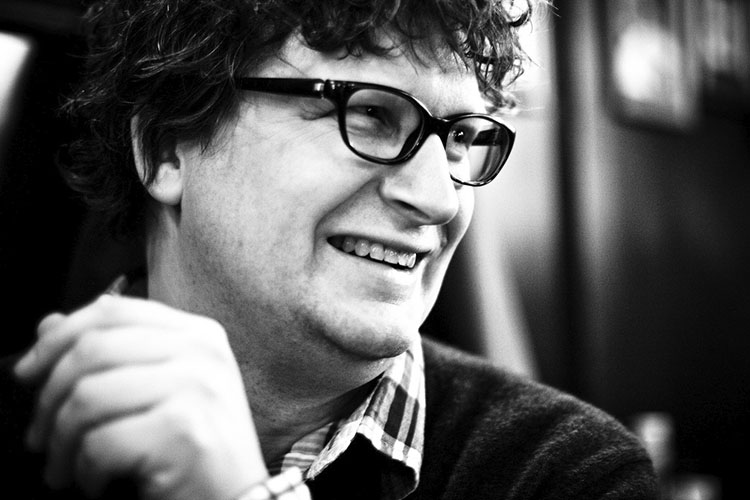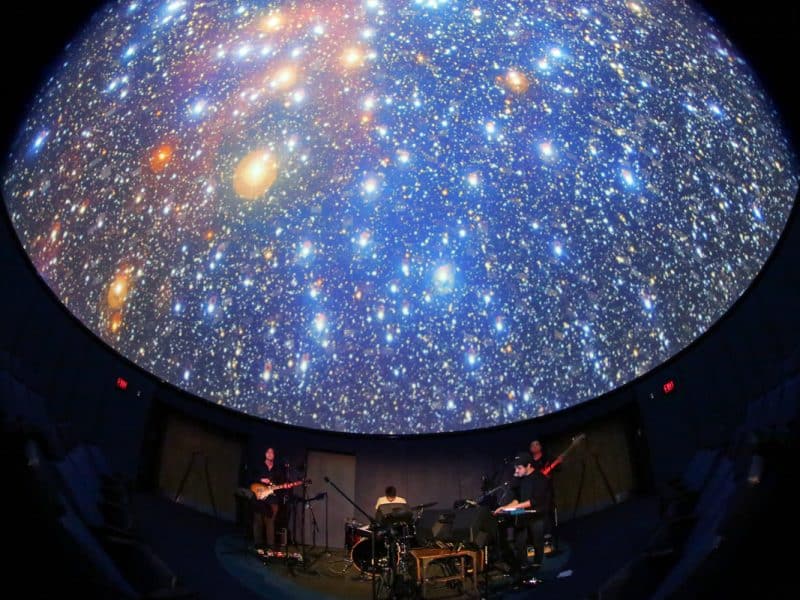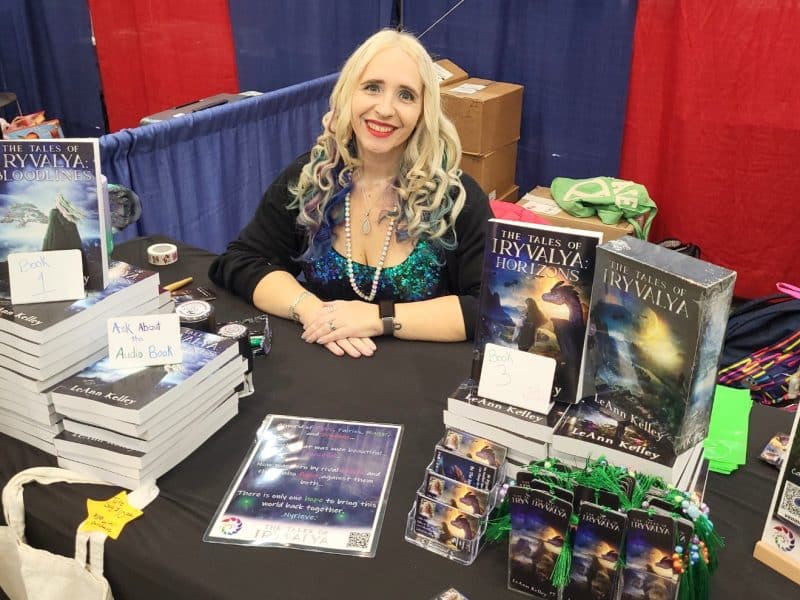A tale of two weekends and my personal journey to undo my bias
Rapid Growth's Publisher Tommy Allen releases a personal perspective of our last two weekend's in America and discovers a path that leads him to his hometown of Flint and the seeds of bias.

Over the last two weekends we, as a nation, have experienced two very unique moments in our culture asking all of us to slow down and consider what is before us. And if we are able to bring home a few lessons from both of these historic events, we might get a glimpse of a possible path forward.
For starters, there is very little I can add to the pages of articles that have examined the events and meanings of Charlottesville that, in the end, left a woman dead in the streets at the hands of a white nationalist man who weaponized a vehicle as he plowed it into a crowd of anti-fascist protesters.
And in less than 24 hours after, a couple hundred Grand Rapidians streamed into Rosa Parks Circle at what was billed as an anti-racism rally that would lead to a street march and a candlelight vigil on the banks of the Grand River.
The nation attempted to make sense of what happened in Charlottesville and its meaning; and we, as a community, sought many avenues through which to process it as well.
As we approached the following weekend, suddenly talks of race dissipated as topics so often do in our 24/7 news cycle filling our newsfeed to discussions of science and the preparedness needed for the first nationwide solar eclipse in 38 years.
With each advancing day, I witnessed people via social media listening to one another as they helped others connect to those much desired glasses needed to safely view the eclipse. It was an exercise in listening that produced interesting transactions of love at times as people helped others to connect to what was missing.
What connects these events is the level of dialogue that they both produced at a nationwide level as they captured nearly everyone’s attention. This week, I attempt to enter the discussion and center it from a different angle: my own personal journey to this moment.
After Charlottesville, I found myself mired in an unsettling but necessary quiet as I attempted to process the images of hate groups shouting ethnic slurs at people and often with weaponry used as a punctuation point. I tried to calm my fears as a gay man as I watched white nationalists shouting “faggot, faggot” at the Antifa protesters. I viewed hoping to find a new clue about the root of such hatred and yet, I came up empty because, ultimately, I knew that each had a distinct path that took them to this place where hate could take root and be encouraged to grow.
These images triggered a silence in me that required listening closer to those around me than ever before. And almost like having a time machine of the mind, I found myself on a personal journey that traveled back to my own struggles with race and bias.
I had grown up in Flint but by the time I was born, white flight had taken hold and I found myself as a young child plopped in a nearly all white suburb.
One of my most vivid memories came rushing back to me of my young mother hurriedly shuffling us kids into the basement jelly cellar because a couple of people of color were heading for our front door.
I had no idea what these people wanted and even recalled as I awaited for the knocking to stop above us wondering if they were like the Jehovah’s Witness folks who often came to our neighborhood peddling religion. My heart was racing as I stood in that basement with a new fear and I believe within this moment a tiny seed of bias was planted in me to take root.
I was confused about what was happening. I had sung all the songs in the church that stated Jesus loved all the children of the world going as far in the chorus to name all the differences that exist and how that doesn’t matter to Him.
And yet, as I would process this experience later in life, I would come to realize that my mother’s fears were rooted not from personal experience, but most likely sprung from the centuries of images of how Blacks were portrayed falsely in the news and in our schools’ history books. My mother was also of the generation where she most certainly watched the Detroit and Flint riots on TV.
You see, when they say that children learn racist behaviors that can lead to micro-aggressions like hiding in the basement, it’s true. I had proof positive of how this happens. As a child, I had no other reference point than the authority of my parents and the white community surrounding me. The people of this era were acting off of the same bad intelligence being passed down from generation to generation.
It would have been very easy for any child in this situation to take these micro-aggressions and normalize them. I, however, once I left Flint would have to discover along the way how I would have to learn to live in Grand Rapids – my new home.
Going away to college in Grand Rapids forced me into close quarters with others of the same age bracket and in doing so I quickly learned—through the limited diversity of the religious college I was attending—that these childhood barriers were unnecessary, in fact, unfounded as I befriended many people of so many diverse backgrounds in my college years.
But the hard work was yet to come after college when one day as I was (once again) racing to work along Eastern Avenue from my Heritage Hill apartment on Lafayette NE to The Ground Round on 28th Street where I was a bartender.
As I approached the intersection light at Franklin St. one day, I noticed suddenly that I tended to use my left elbow to oh-so-slyly lock my car door. I am not certain what day exactly this was, but I do vividly remember how disturbed I became when I realized that the locking of this door was connected to me seeing a person of color.
If the sequestering of a child away in a neighborhood of only white people from a very diverse city was the start of my stereotypical views of race and the triggering of an unwarranted fears, then that ride to work on Eastern was my awakening.
I often wonder what would have happened had I not had this moment of clarity. But I am glad that I did because this new found awareness of my role in perpetuating racism—even at a micro-subconscious level—was the shove I needed that would send me on my journey to make things right within me first as I heal my own inner scars.
And this is where I hope we arrive as a community as I know we all struggle with race at some level. We all wonder how to detangle these harmful generations of views that have caused irreparable harm to so many who we call our fellow citizens.
For if we can as a community begin to embrace our own bias, then I believe we can break the cycle. But it is going to take going quiet and learning to listen to those who have been oppressed generationally for far too long…and often by folks who look like me.
Getting to step one is a personal matter. It starts within you and with you saying I will not be complicit in my behavior any more. It means taking the spotlight off one’s self and looking out at the community around you.
It means sometimes we need others to help us with our vision so that the images of hate do not blind us into complacency or silence.
If we are to heal this city and move us truly forward, then we should begin to unlearn the silent fears that drive so many of our unconscious actions that cause harm to communities of color.
And while there are many local groups out there for one to join or to support, a friend of my mine recently posted a very unique project that gets to the heart of the matter.
Safety Pin Box is an organization that offers monthly subscription boxes for white people seeking to become better allies to Black people in our society. They offer a special bootcamp curriculum that you and your friends can use in the process of better understanding whiteness and how to be an ally. They even offer a children’s box for families.
Some of the concepts may be new or seem oft putting but I ask that we all give these challenging concepts space to germinate like a seed within you.
I owe a lot to this community for the opportunities to grow that they have afforded me even to this day, but I cannot simply stay silent. It is important to note that while the work might seem difficult now, it does get better because it makes all of us whole in a society that has, for far too long, kept us at arm’s length.
In a city that offers so many initiatives—from creating greater access and equity within education, to contemporary art exhibitions, to even Mayor Bliss’ book club where last year we read as citizens “A City Within a City”—the time for us to listen as a community has never been more important than this moment right now.
If we can learn to dismantle these old ways of living as a city, then we can truly be deserving of the word Grand.
The Future Needs All of Us,
Tommy Allen
Publisher
Rapid Growth








